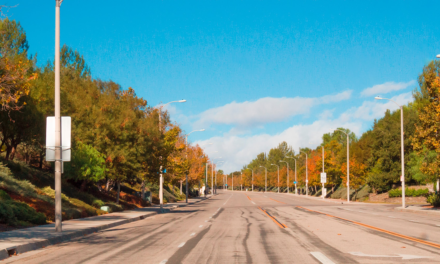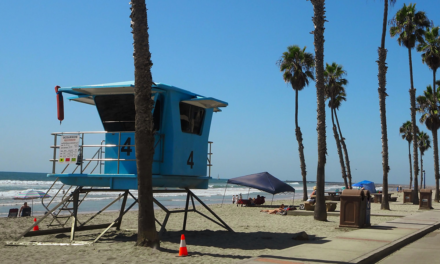Santa Ana’s rich history began long before its official founding, with the Tongva people cultivating the land.
The Spanish colonization brought forth the Rancho Santiago de Santa Ana, laying the foundation for a diverse community that would flourish in the centuries to come.
Railroads and Citrus: The Seeds of Growth
The start of the Southern Pacific Railroad in the late 19th century marked a new era for Santa Ana, turning it into a thriving agricultural hub.
Citrus, especially oranges, became synonymous with the city’s burgeoning economy.
Architectural Beauty: The Rise of Downtown Santa Ana
The city’s downtown area emerged as a bustling center of commerce and architecture, with structures like the Old Orange County Courthouse reflecting the region’s prosperity and growing civic pride.
Challenges of Change: The Great Depression and Beyond
Santa Ana, like many American cities, grappled with the Great Depression.
Its resilience during tough economic times set the stage for the vibrant urban center it is today, with a focus on community and innovation.
A Modern Melting Pot: Celebrating Diversity
In the contemporary era, Santa Ana celebrates its multicultural identity.
Events such as the annual Fiestas Patrias festival and a flourishing arts scene at the Artists Village underscore the city’s rich cultural tapestry.
Santa Ana Today: A City in Motion
With a commitment to growth and sustainability, Santa Ana continues to evolve while maintaining a deep connection to its past.
The city stands as a testament to thoughtful urban planning and cultural inclusivity.
Q&A: Exploring Santa Ana’s Historical Highlights
Q: How did the Spanish land grants shape Santa Ana’s early development?
A: Spanish land grants allowed for the initial settlement and agricultural development of the area, which would eventually grow into the city of Santa Ana.
Q: What role did the citrus industry play in Santa Ana’s economy?
A: The citrus industry was pivotal in Santa Ana’s economic development, contributing significantly to its growth and status as a prominent agricultural center.
Q: How has the city’s architecture reflected its historical periods?
A: Santa Ana’s architecture captures its history, from the Victorian homes of its founders to the Beaux-Arts style of the Old Orange County Courthouse, each building tells a story of the city’s evolution.
Q: What impact did the Great Depression have on Santa Ana?
A: The Great Depression tested Santa Ana’s economic resilience, leading to new federal projects and a strengthened community spirit that helped the city recover and prosper.
Q: How does Santa Ana embrace its cultural diversity today?
A: Santa Ana embraces its diversity through community events, educational programs, and a celebration of the arts, which highlight the many cultures represented in the city.
Q: What challenges does Santa Ana face currently, and what steps are being taken to address them?
A: Challenges such as housing affordability and urban congestion are being addressed through policy reform, community development projects, and initiatives aimed at improving the quality of life for all residents.
Santa Ana’s Evolving Legacy
Santa Ana’s history is a compelling narrative of growth, resilience, and community.
As it stands poised on the cusp of the future, the city continues to draw strength from its storied past. With every initiative and development, Santa Ana weaves a new thread into its historical fabric, ensuring that the city’s legacy will continue to be as vibrant and dynamic as the community it serves.
What will the next chapter hold for this storied Californian city, and how will the lessons of its past shape the future of Santa Ana?





